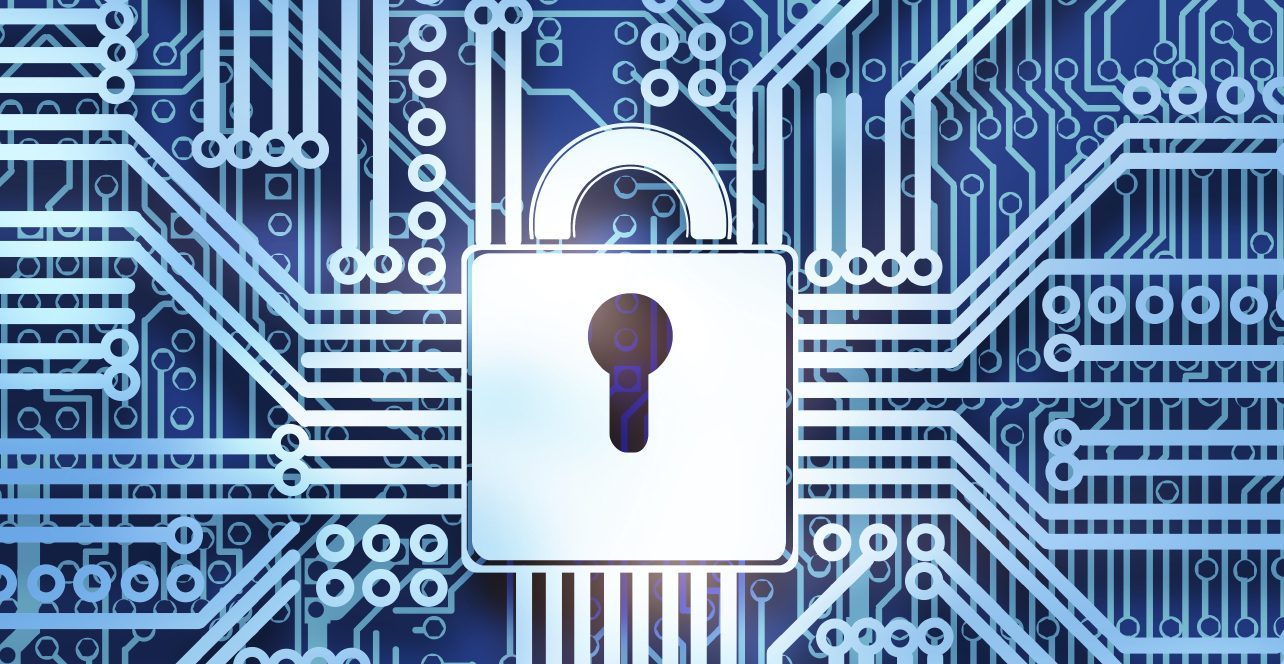![]()
Earlier this month, I focused on how to keep government employees safe online. But as a parent and a volunteer at my children’s school, I’ve become acutely aware of the online dangers that threaten our children. At the United States Computer Emergency Readiness Team (US-CERT) so aptly put it; “Children present additional challenges [to computer security] because of their natural characteristics: innocence, curiosity, desire for independence, and fear of punishment. You need to consider these characteristics when determining how to protect your data and the child.”
The Internet is an amazing place that allows children to meet and interact with people from around the world, but it also provides the bad guys new ways into your home that was heretofore unavailable. And, remember, that keeping your computer network at home secure is essential for your job as well, since hackers could use it to gain access to your work systems.
Step 1: Provide The Basics
Before we begin, you have to set the foundation for a safe and secure experience. Make sure your home PC is protected with anti-virus/firewall software and that it is set to automatically install updates to the operating system, applications, and your browser. US-CERT has an excellent security tip on what to do before you connect a new computer to the Internet. Use this as a technical primer before you let your child log on for the first time.
Step 2: Start With A Conversation
Remember all those security awareness training videos you were forced to watch at work? Your children don’t receive the videos that warn not to click on suspicious emails or enter your passwords on questionable web sites, but those rules apply at home as well. In 2006, the State of Virginia became the first state to legislatively require Internet safety for all grade levels, and I wholeheartedly encourage leadership in other states to add this to their agendas. For areas without state-sponsored Internet education, many youth organizations also offer training, include the Boy Scouts of America CyberChip program, YMCA courses on Internet Safety, and college summer “cybercamps” with web welfare training. For those who prefer an online course, our friends at the Department of Homeland Security have created the “Stop. Think. Connect.” program and it includes an excellent Student Resources page for all ages.
Step 3: Provide Safeguards
According to a 2005 study in the Journal of Applied Developmental Psychology, Elementary school children may not comprehend the concepts of Internet safety. So while parents with younger children should start with a conversation, you will need to back it up with parental controls because your children may not understand the actual risks of Internet “stranger danger.” Check your security software or operating system for the ability to monitor and manage your children’s Internet activities. Microsoft Windows (Vista and later) and Apple OS X (10.4 and later) include parental control features that can help you safeguard your family against Internet threats. You can google your operating system name/version and the phrase “parental controls” for information on how to configure your system with this software. Third-party parental Internet control software can provide advanced features and comprehensive management for an additional fee.
Some things you want to make sure you can monitor and manage include:
- Chat logs: Live discussions between two or more parties
- Malicious file installations: Software that can take over the computer or activate the camera without the user’s knowledge
- Emails: Messages to your child that can include inappropriate text or photos
- Web browsing: Where your kids are surfing and what topics they are researching online
- Phone: Don’t forget, kids can text, surf, chat, email and install files on their phone – these same risks apply
- The Real World: Finally, watch for phone calls, letters or gifts from people you do not know
The San Diego County District Attorney’s office has an excellent printable list for parents who want to protect children online.
Step 4: Don’t Forget About Bullying
The biggest threat may not come from an adult; an unfortunate fact uncovered by a 2011 study by the Bridgewater State University is that, although in-school bullying decreases as children age, cyberbullying actually increases as children get older. Even more concerning is that only 1 in 10 parents are aware their teens are targets of cyberbullying [TRU Insights & McAfee, May 2012]. For this reason, it is extremely important that you watch your children for a sudden change in attitude or emotions after Internet use and talk openly with your children about how they should treat people with kindness and respect and expect the same from others, especially online.
Step 5: Make It A Part Of Your Family Routine
You may talk regularly to your children about the dangers of drugs, alcohol, and smoking, but the challenges of Internet safety are changing much more rapidly than the evolution of new substances to abuse. For that reason, make sure to include Internet safety as a regular part of your family meetings. Talk to them about how the Internet has improved their lives and what they need to do to remain happy and healthy in the cyber world; just as they have a responsibility to do so in real life. Finally, be sure to spend time with your youngster online, to become familiar with where they “hang out” in cyberspace and with whom they correspond. If they know you understand and enjoy cyberspace, they’ll be much more comfortable talking with you about it, and you might even get a few “cool points” with your kids!
Daniel Hanttula is part of the GovLoop Featured Blogger program, where we feature blog posts by government voices from all across the country (and world!). To see more Featured Blogger posts, click here.





Leave a Reply
You must be logged in to post a comment.